News
-
 Health & Medicine
Health & MedicineDSM-5 enters the diagnostic fray
Fifth edition of the widely used psychiatric manual focuses attention on how mental disorders should be defined.
By Bruce Bower -
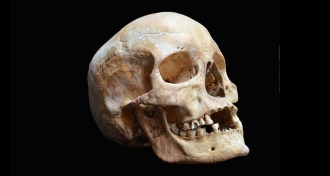 Life
LifeLeprosy bacterium changed little in last millennium
Genome alterations probably not responsible for decline in disease prevalence.
-
 Life
LifePrimitive fish could nod but not shake its head
Ancient fossils reveal surprises about early vertebrate necks, abdominal muscles.
By Erin Wayman -
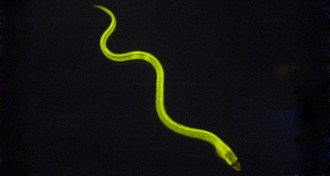 Chemistry
ChemistryAn eel’s glow could illuminate liver disease
Fluorescent protein binds to bilirubin, a compound the body must eliminate.
-
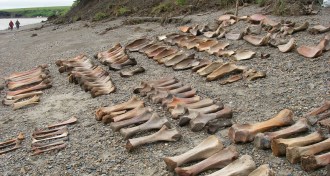 Archaeology
ArchaeologyAncient Siberians may have rarely hunted mammoths
Occasional kills by Stone Age humans could not have driven creatures to extinction, researchers say.
By Bruce Bower -
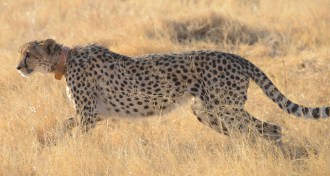 Life
LifeIn the real world, cheetahs rarely go all out
Famous for speed, the big cats actually rely on acceleration and maneuverability to capture prey.
By Susan Milius -
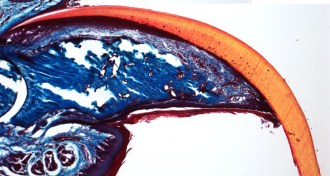 Life
LifeNail-generating tissue also regrows fingertips
Stem cells spur return of amputated digits in mice
-
 Health & Medicine
Health & MedicineHeaders linked to memory deficit in soccer players
Abnormalities in three brain regions found among those who head the ball most frequently.
By Nathan Seppa -
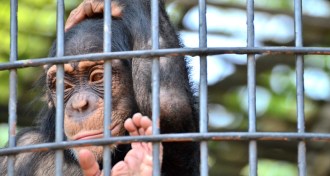 Science & Society
Science & SocietyChimps in captivity may soon join endangered species list
Proposal would extend protections to both wild and captive primate populations.
By Meghan Rosen -
 Tech
TechFaster memory could accelerate computing
Experimental microchip improves reliability and speed of writing and reading data.
By Andrew Grant -
 Animals
AnimalsNow-extinct wolf may be ancestor of modern-day dogs
No strong signs of canine ancestry among living grey wolves.
-
 Tech
TechCamera captures voices without a microphone
Throat movements get decoded to reveal sounds of speech.
By Meghan Rosen